The Four Seasons Beauty of Camellia Hill in Korea
Hydrangeas in full bloom at Camellia Hill – A highlight not to be missed when traveling to Jeju in the summer. (Photo: Collected)
Each season at Camellia Hill in Korea has its own unique look. In winter, camellias bloom brilliantly in Jeju 's characteristic chill , creating a warm and romantic scene. Spring brings cherry blossoms and azaleas, while summer is the ideal time to admire hydrangeas blooming next to lush green grass. In autumn, you will be immersed in the poetic scenery of pink muhly grass and red leaves.
When is the best time to visit Camellia Hill? – Suggestions for the ideal time to visit Camellia Hill in Korea
The gentle scenery of Camellia Hill among the pink muhly grass strips in late autumn. (Photo: Collected)
One of the most common questions is: “What is the best season to visit Camellia Hill?”. The answer depends on the experience you want:
- November – March (late autumn to late winter): Camellia season, cool air and soft light – considered the most beautiful time of year to visit.
- June - August (summer): Hydrangea season, mild sunny weather and clear sky are very suitable for summer Jeju tours combining relaxation and taking "virtual life" photos.
- September – October (early autumn): Pink muhly grass creates a dreamy, fairy-tale scene.
The journey to discover Camellia Hill Jeju is not just about flower viewing
Camellia Hill is more than just a place to see flowers – it is a journey of culture, nature and visual art all carefully arranged. Let’s explore each unique destination inside this vast garden.
Light Bulb Forest - Path of Light
The magical light bulb road at Camellia Hill at sunset. (Photo: Collected)
One of the most popular check-in spots at Camellia Hill Jeju is the path lined with small glass bulbs – also known as the Light Bulb Forest. At dusk or in the evening, the warm light emitted from hundreds of bulbs creates a magical fairy-tale scene. This path is especially suitable for couples or tourists to Jeju, Korea who love a poetic and romantic space.
Traditional Hanok House and Jeju Stone House – Where the beauty of indigenous culture is present right in the flower garden
Jeju's traditional houses are located in the middle of Camellia Hill flower garden, providing a meditative space and closeness to nature. (Photo: Collected)
Scattered throughout the garden are Hanok houses reconstructed in the traditional Korean style, as well as Jeju stone houses – characterized by black stone walls, low thatched roofs and architecture adapted to strong sea winds.
Visitors can stop at these houses to rest, enjoy tea from fresh camellia leaves, or simply admire the quiet garden scenery – feeling like being lost in a fairy tale.
Stone Grandpas – Dol Hareubang: Fun and Lucky Symbols
Dol Hareubang stone statue wearing a woolen hat – Interesting photo angle at Camellia Hill Jeju. (Photo: Collected)
Dol Hareubang – stone statues of old men with distinctive mushroom hats are a prominent symbol of Jeju Island, often believed to bring peace and ward off evil spirits. At Camellia Hill, these statues are "decorated" with scarves, sunglasses, wool hats... creating a scene that is both traditional and lovely.
The Dol Hareubang area is not only attractive to children but also attracts visitors who like to take creative photos. This is also one of the points that makes Camellia Hill in Korea different from other flower gardens.
Hydrangea Season – When Camellia Hill puts on a brilliant coat in the middle of summer
Hydrangeas blooming all over the path in Camellia Hill Garden – a summer destination not to be missed in Jeju. (Photo: Collected)
Around June to July, Camellia Hill Jeju is transformed by the purple, pink, blue and white colors of blooming hydrangeas. This is the time when the garden attracts the largest number of visitors of the year, especially young people and photographers who come to take pictures amidst the poetic scenery.
The hydrangea area is planned as a separate path, weaving between shoulder-high flower bushes. The fresh summer air, combined with the gentle floral scent and bright colors, makes this place a valuable "virtual check-in" spot when traveling to Jeju in the summer.
An interesting thing is that the color of the hydrangeas at Camellia Hill changes depending on the pH of the soil – creating different shades of blue and purple on each cluster of flowers. This is also a special feature that makes many tourists return to this place every year.
Tropical Flower Nursery and Greenhouse – Home to Hundreds of Rare Plant Species
The greenhouse at Camellia Hill preserves a variety of rare flowers and exotic ornamental plants. (Photo: Collected)
In addition to the outdoor garden space, Camellia Hill also has a large greenhouse that grows hundreds of rare plants and flowers from the tropics and subtropics. This is where you can see many ancient varieties of camellias, large ferns, wild orchids and even giant cacti.
The air in the greenhouse is well controlled all year round, making it an ideal place to visit on rainy days or cold seasons in Jeju.
Whether you visit Jeju in the sunny summer or the cold winter, Camellia Hill Jeju always offers something special. More than just a flower viewing destination, Camellia Hill in Korea is a place where you can find relaxation, pure natural beauty and memorable moments with your loved ones.
Have you ever visited Camellia Hill Jeju? If not, add this place to your upcoming Jeju summer travel itinerary . And if you have, please share your feelings with Vietravel !
Source: https://www.vietravel.com/vn/am-thuc-kham-pha/mua-he-o-camellia-hill-jeju-han-quoc-v17324.aspx



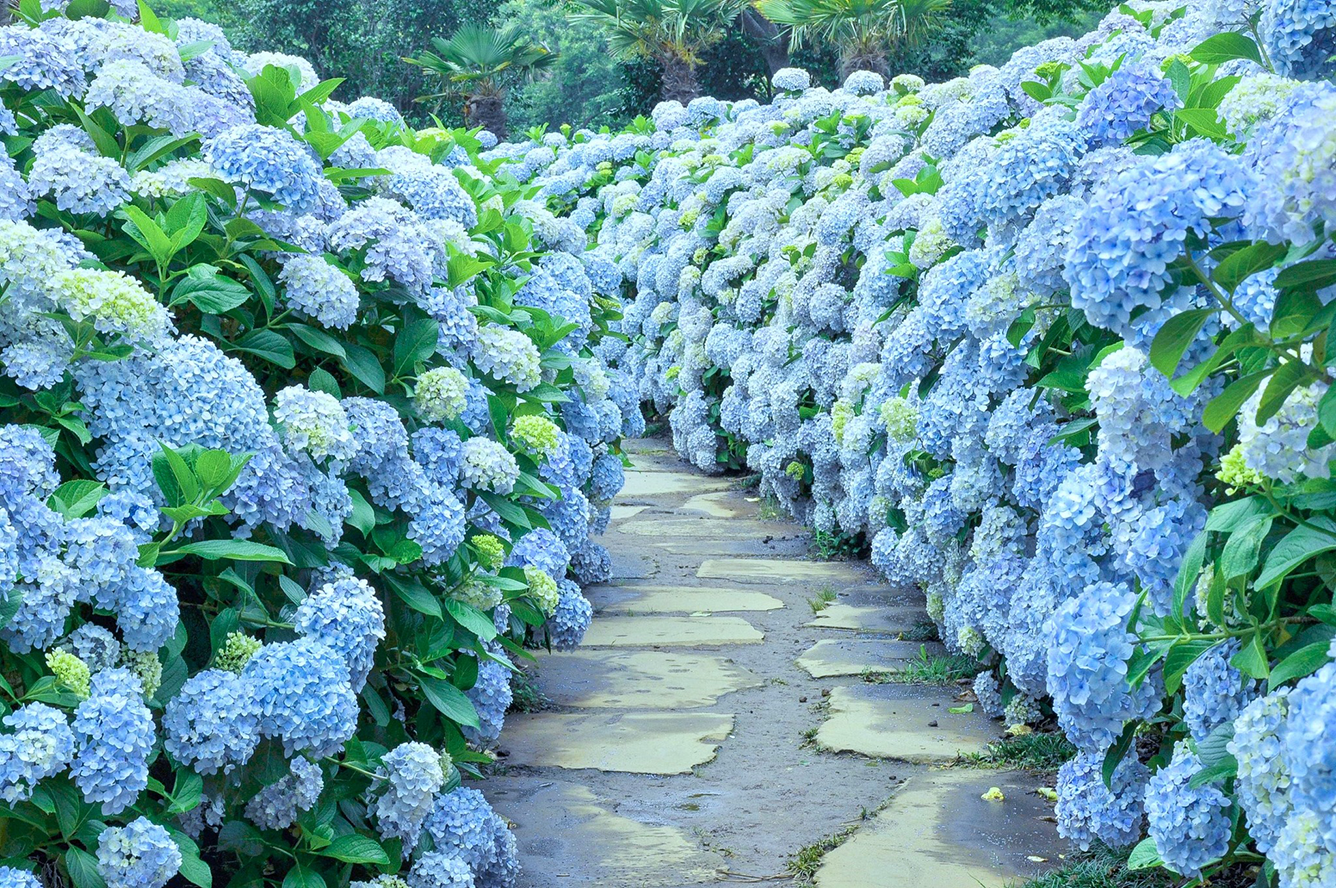
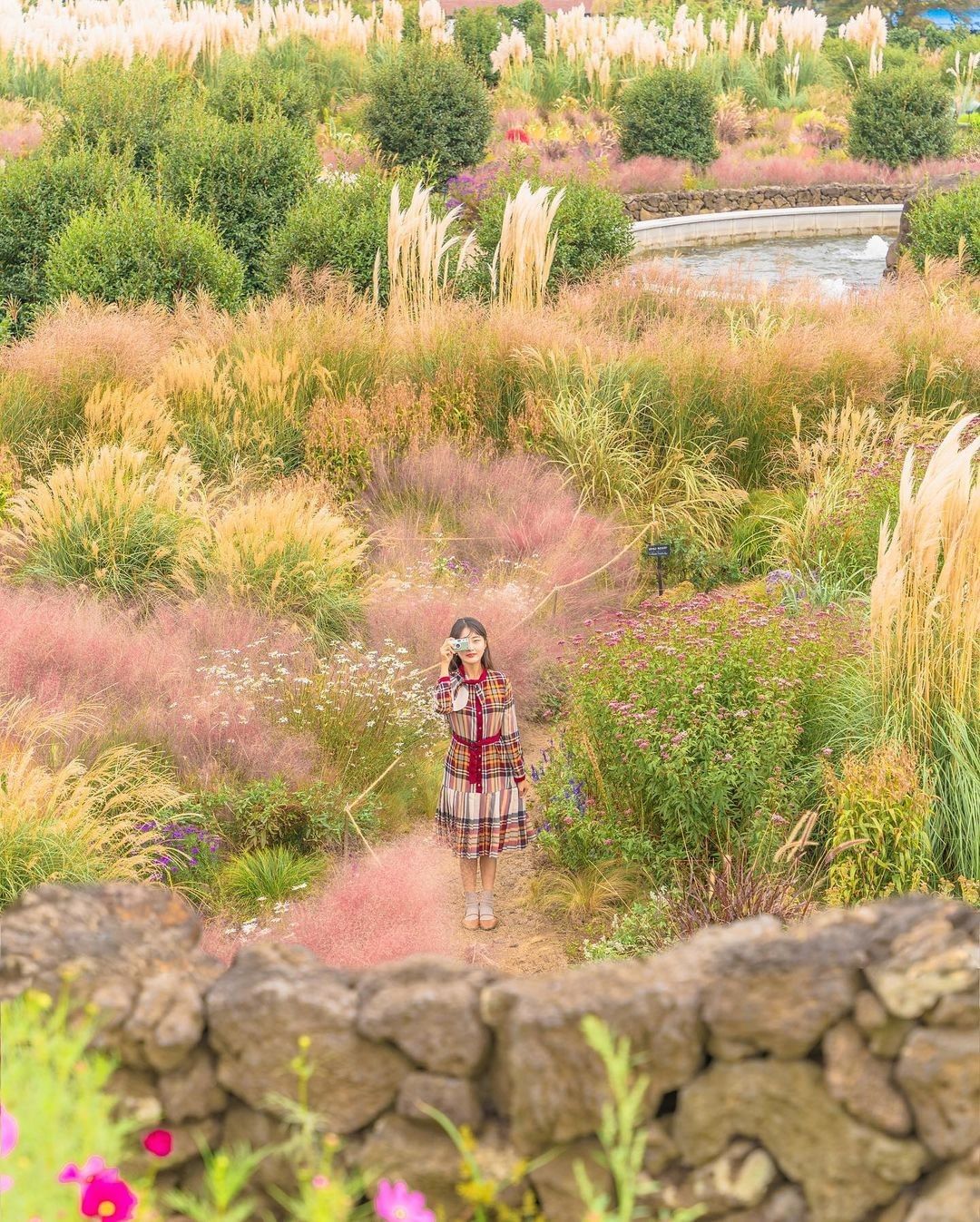
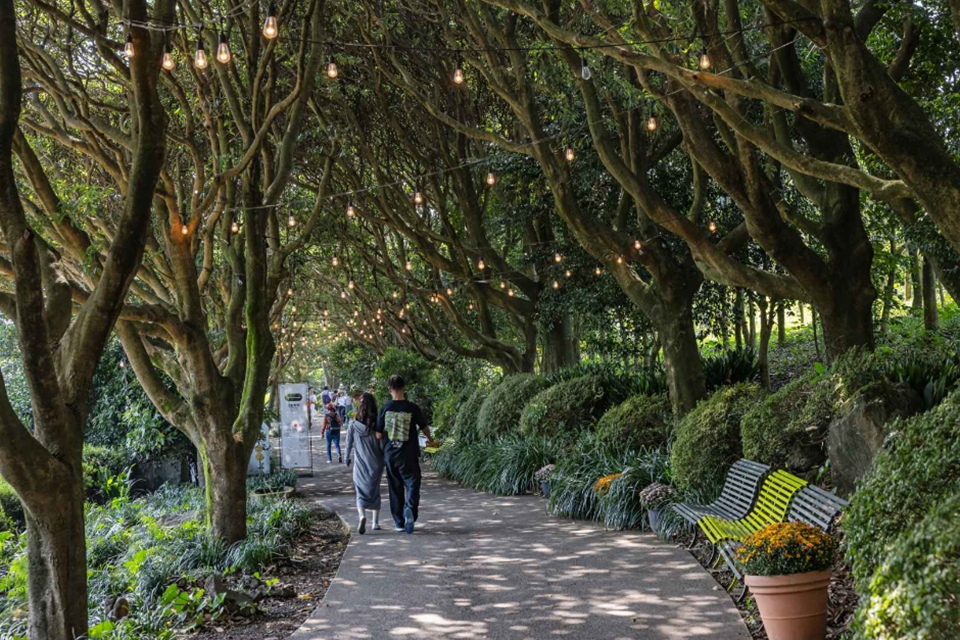
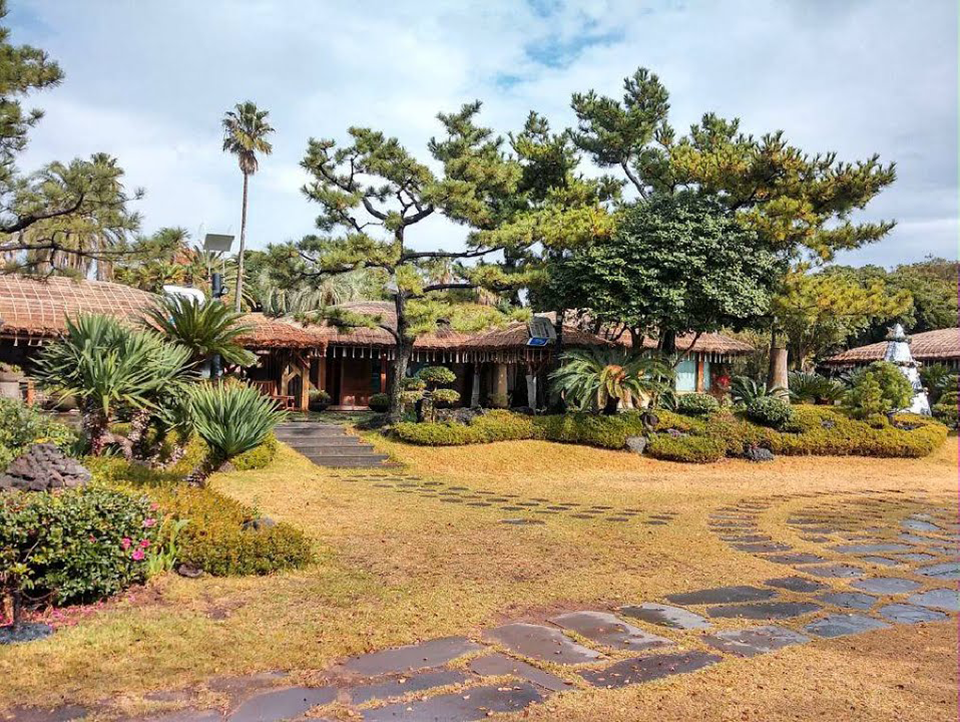
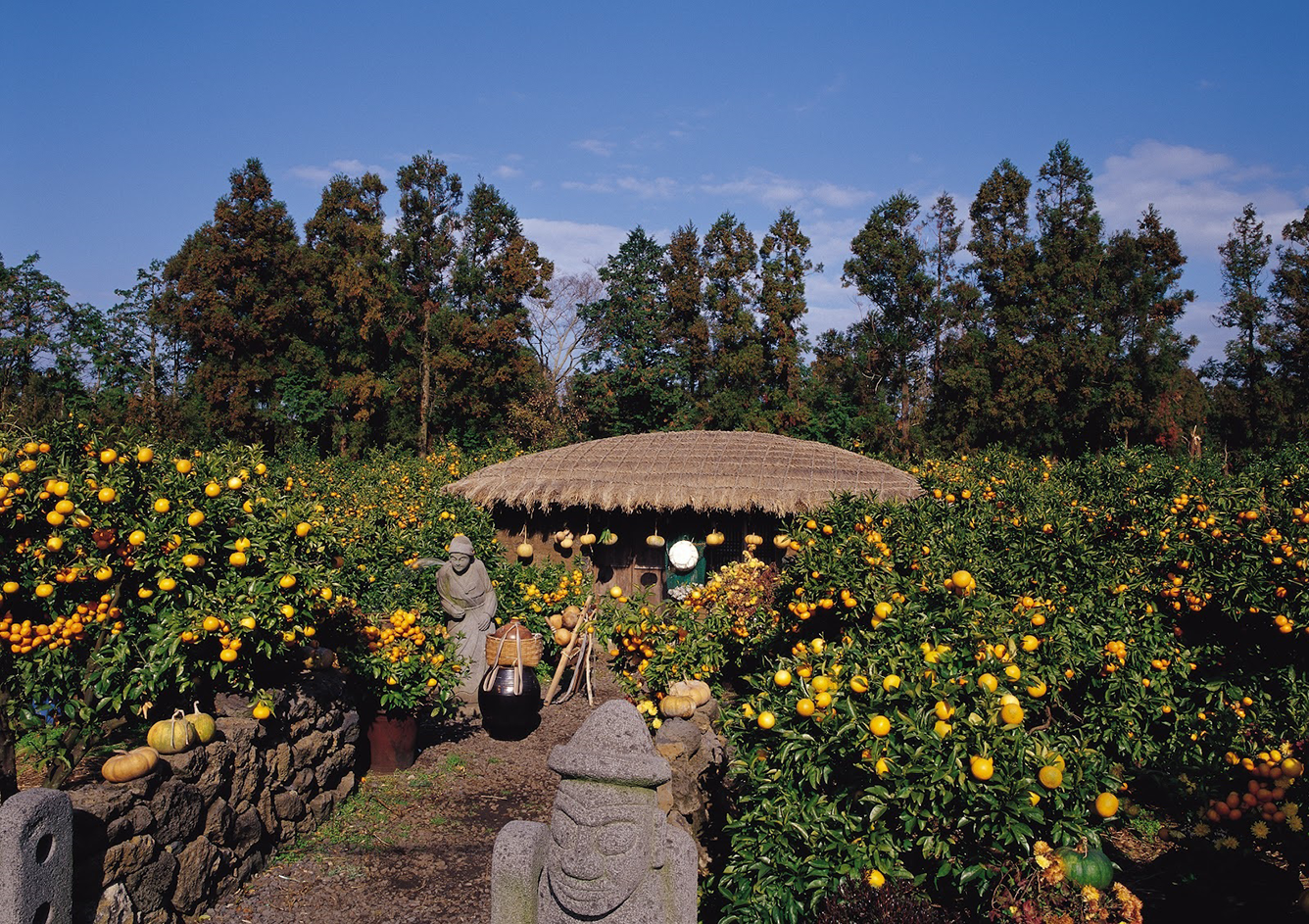
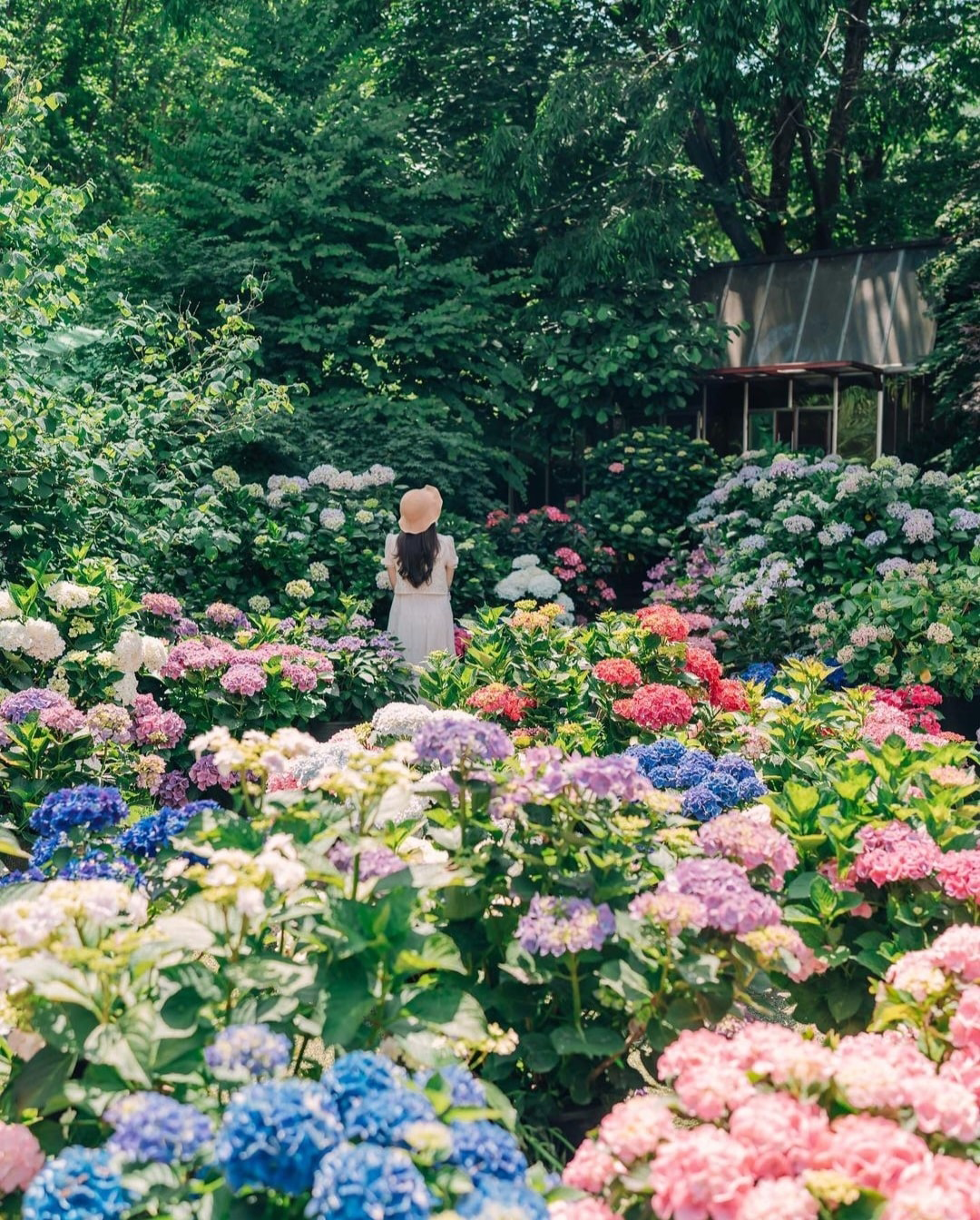
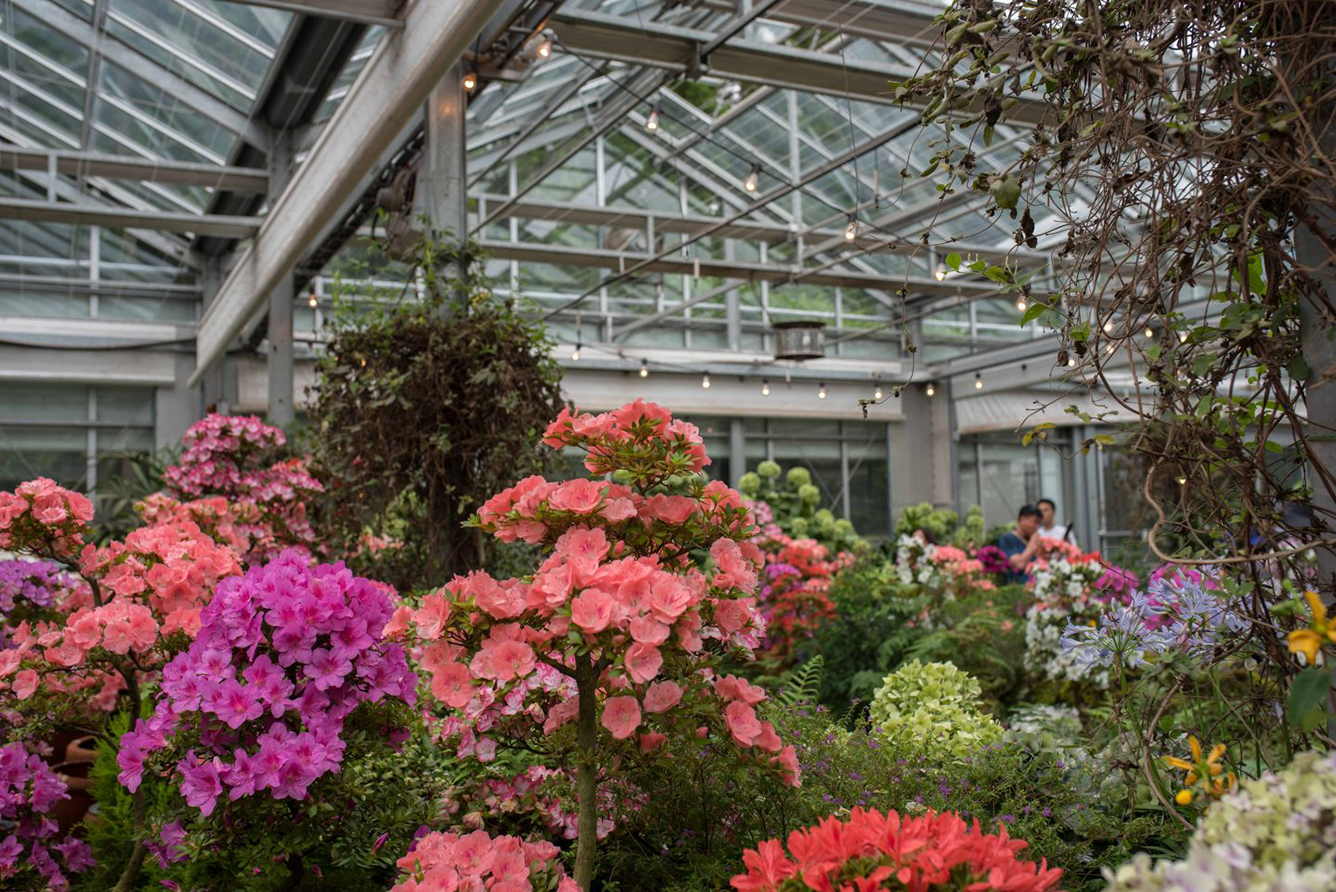
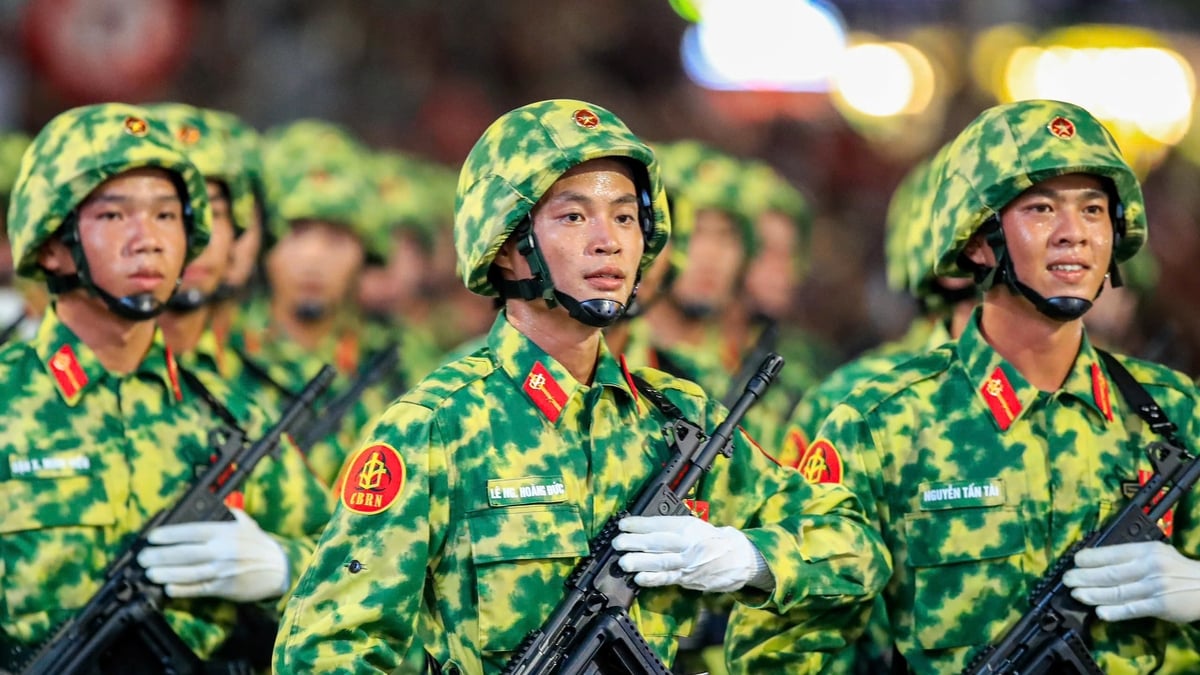
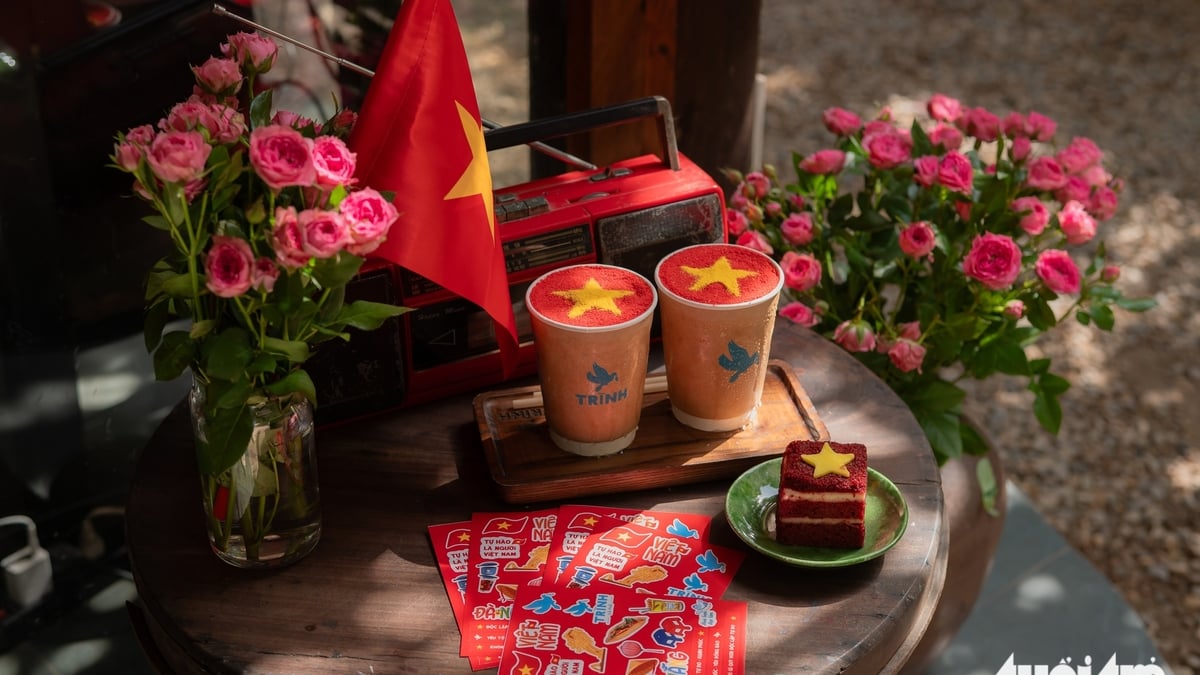
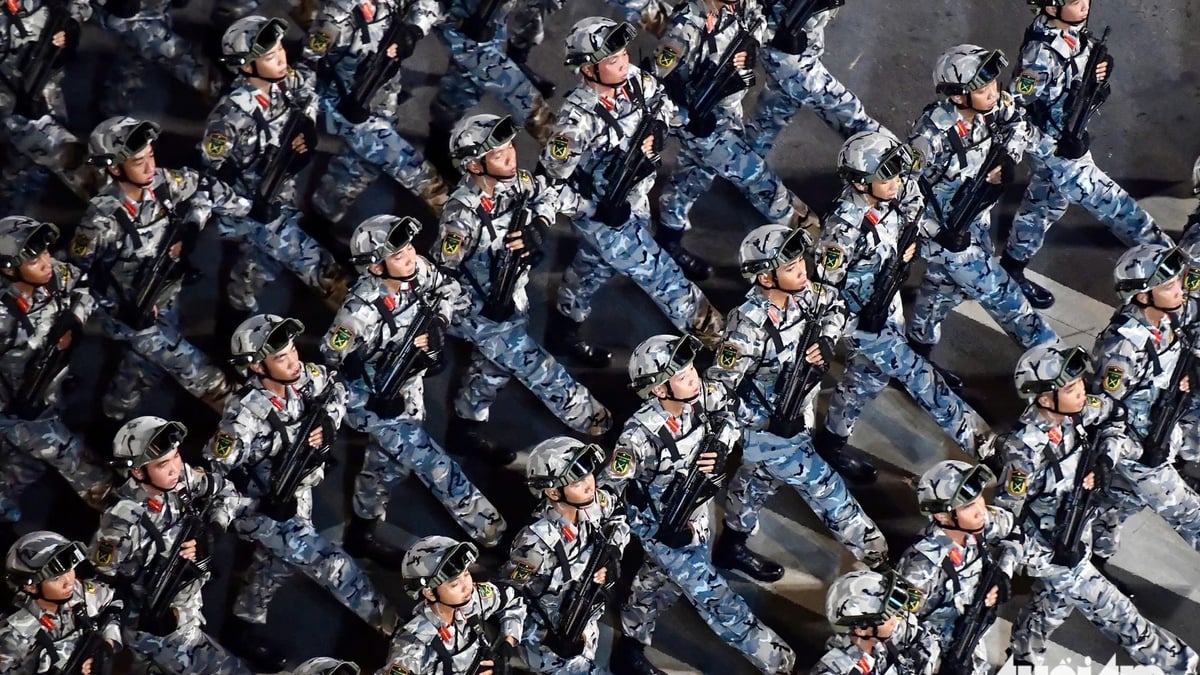
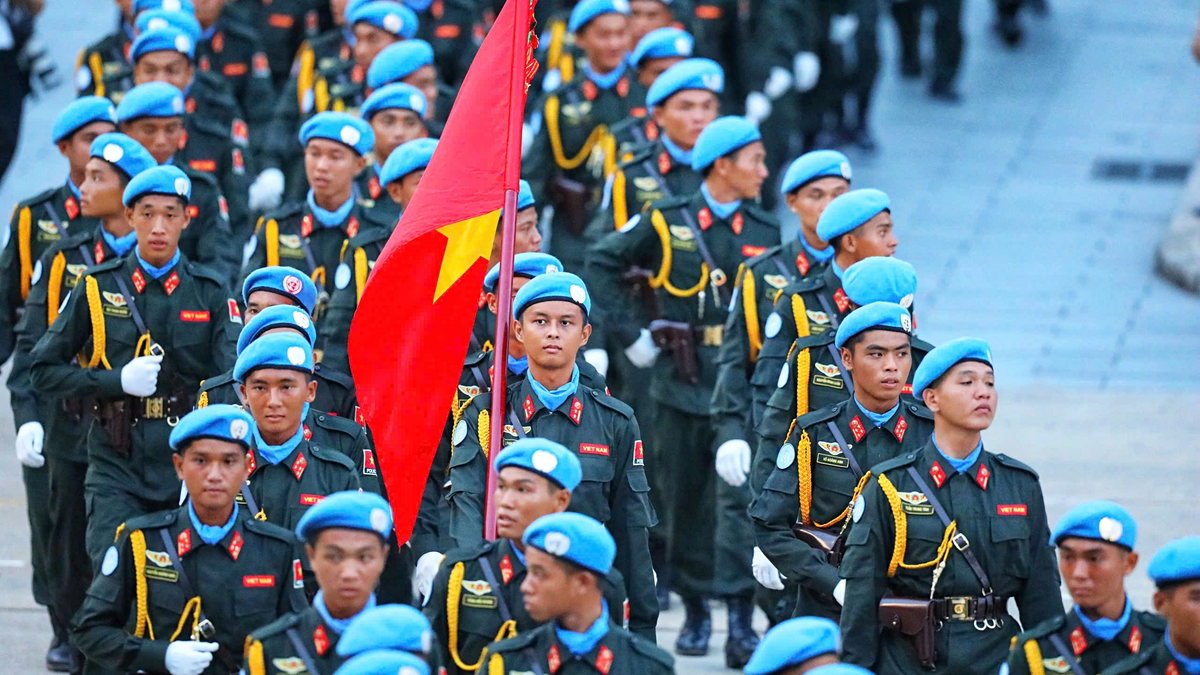
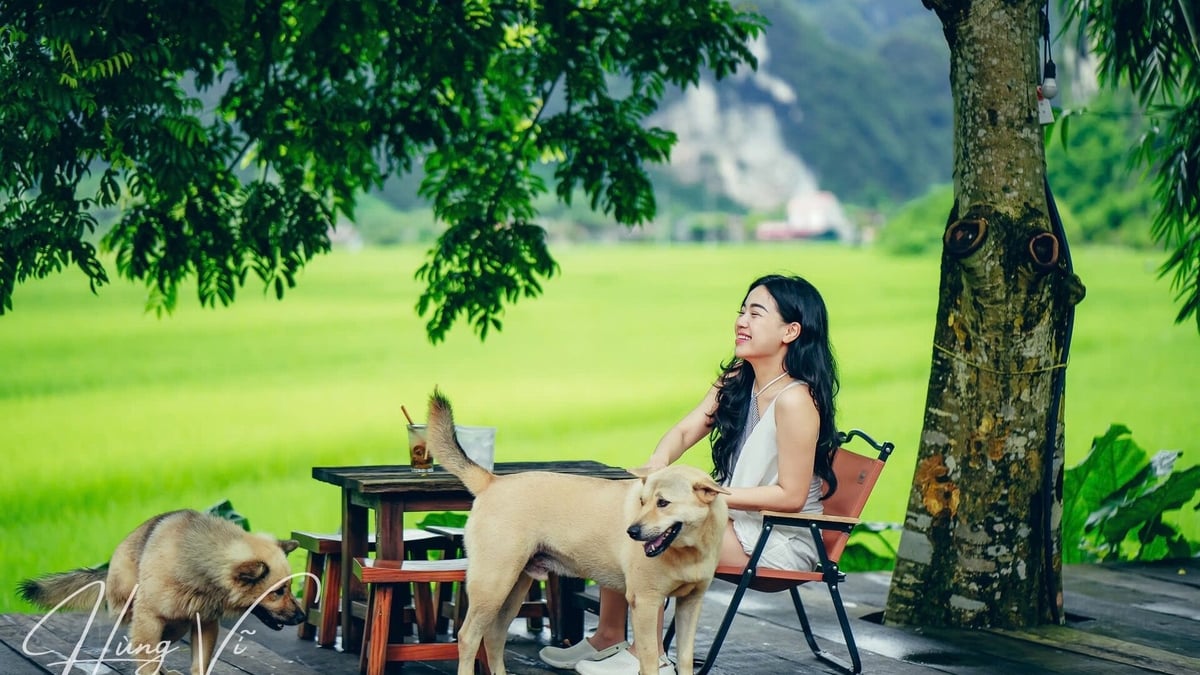

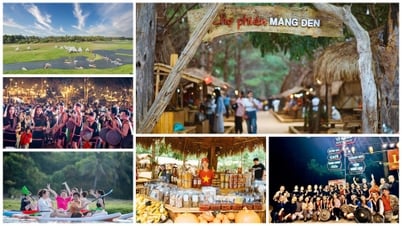

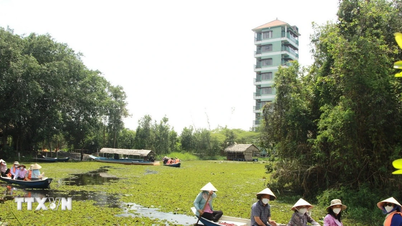

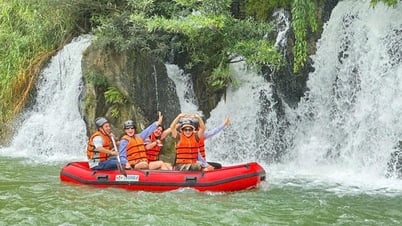



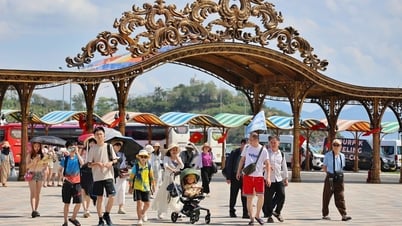

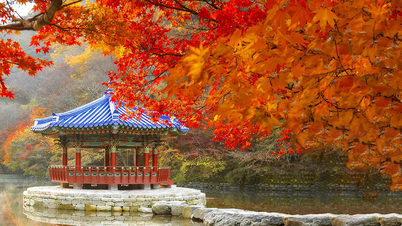
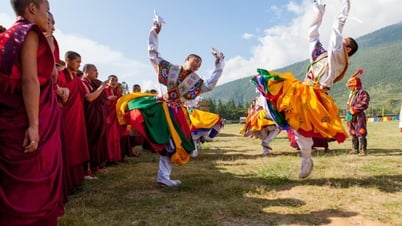








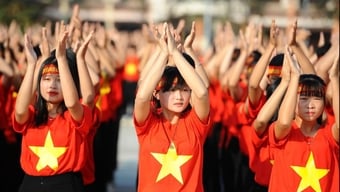
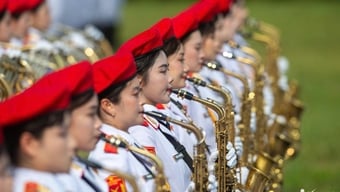


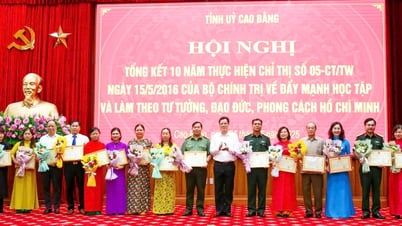

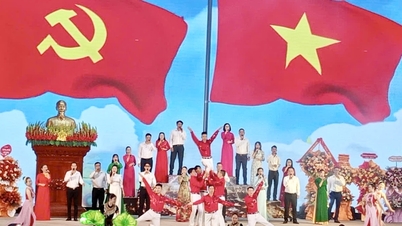

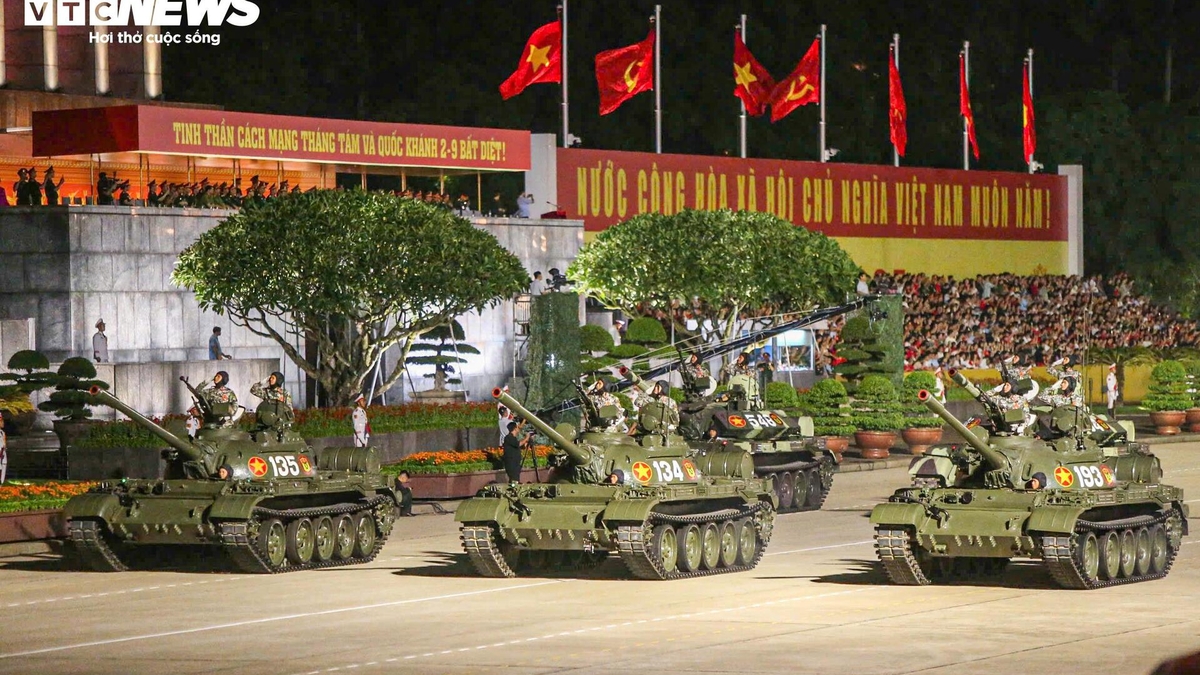
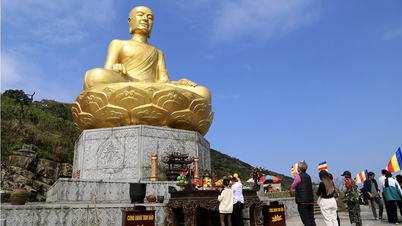

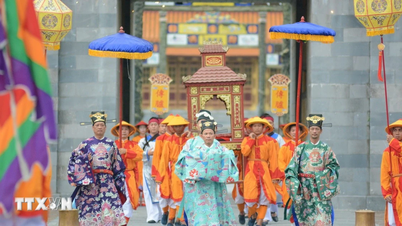
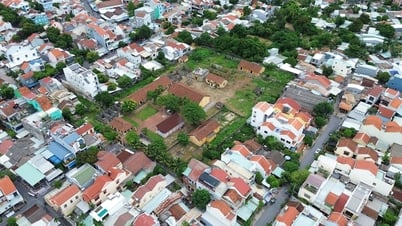
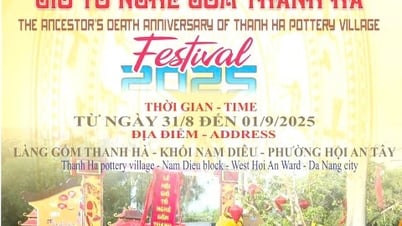

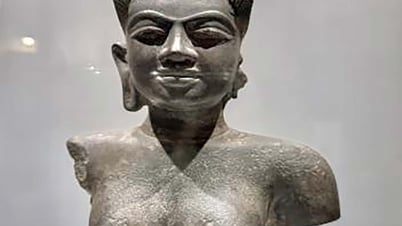

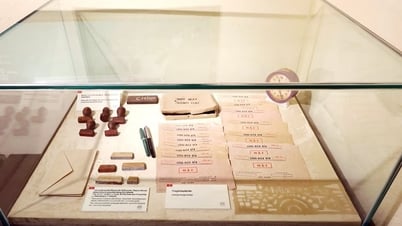

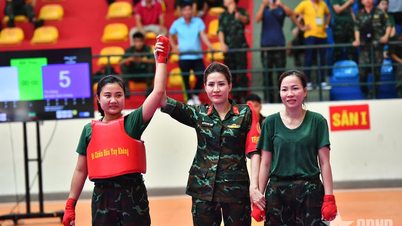

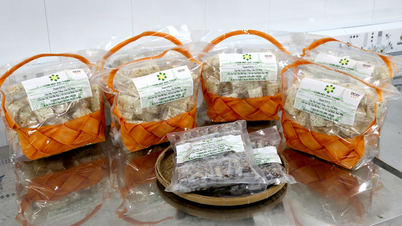

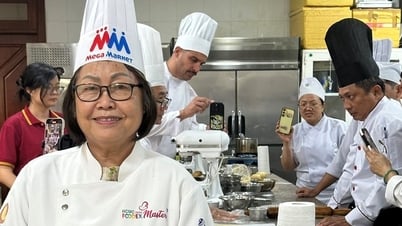


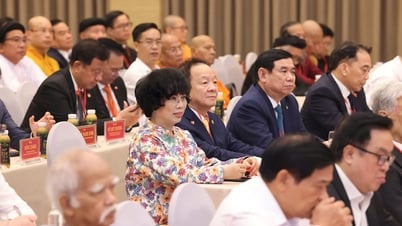



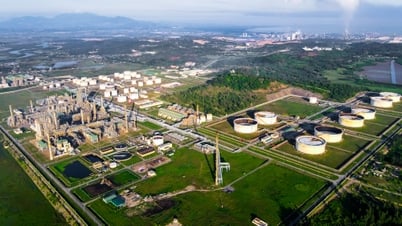






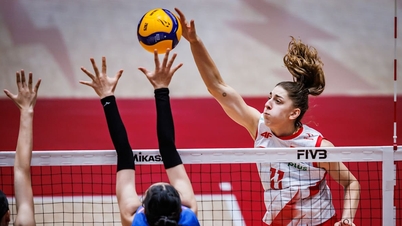

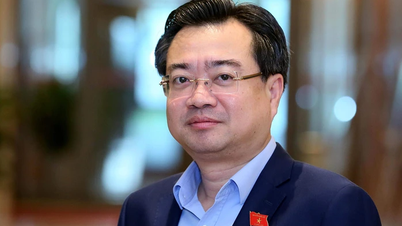

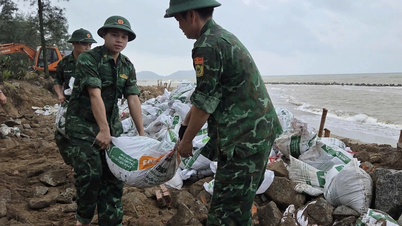
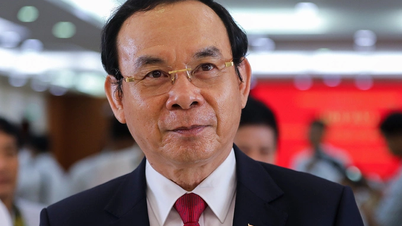


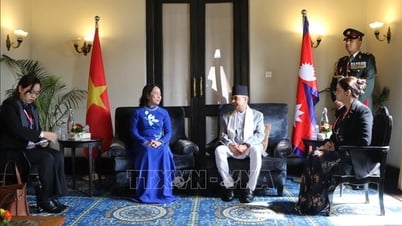

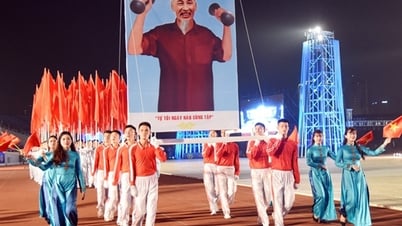

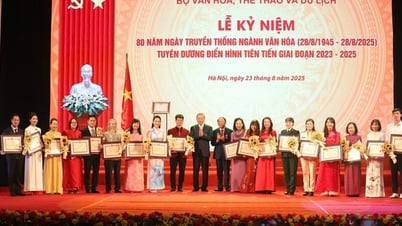


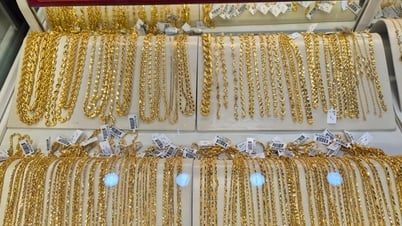





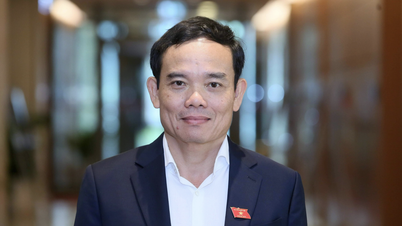





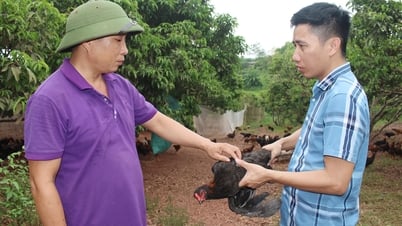
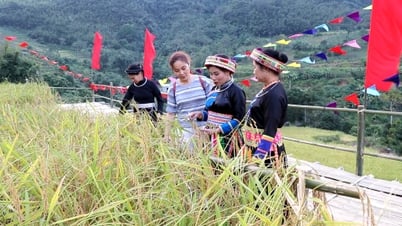
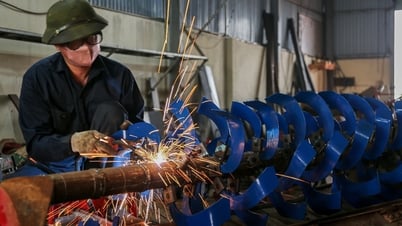
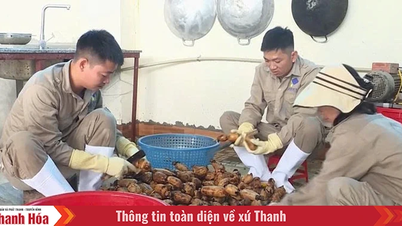

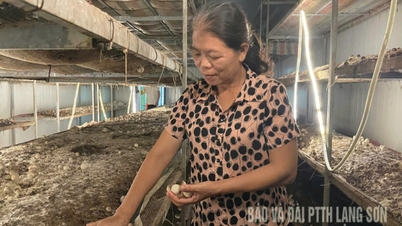



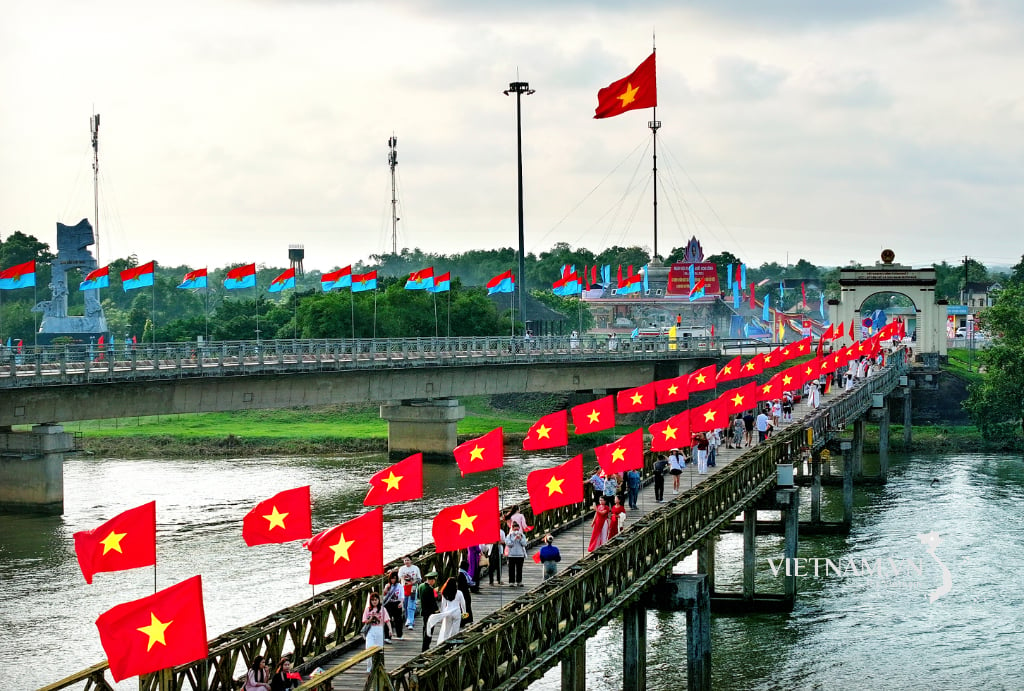
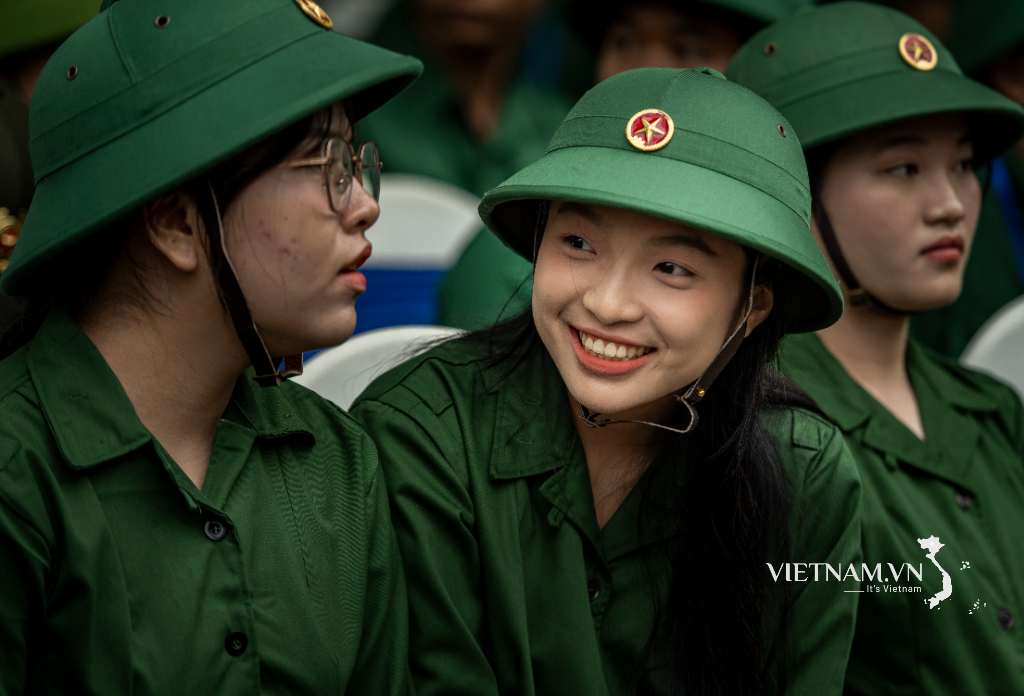

Comment (0)